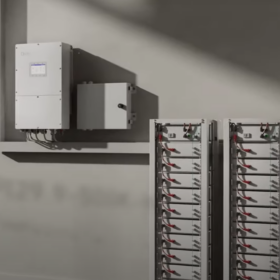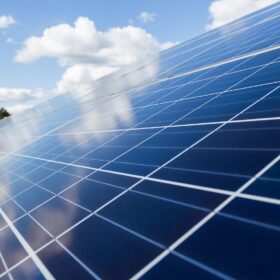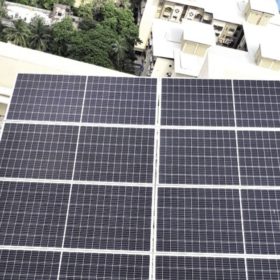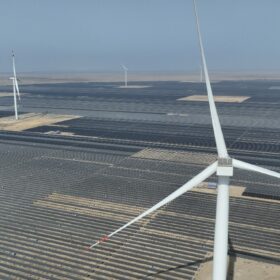Grew Energy splits solar manufacturing, EPC solutions into separate units
Grew Energy has announced focused divisions for solar PV module and cell manufacturing, and engineering, procurement, and construction projects.
U.S. solar installations to drop 30% in 2025, said EIA
After a record 37 GW of new solar added in 2024, the Energy Information Administration expects 26 GW in 2025 – and even less in 2026.
Solis unveils generator-compatible hybrid inverters in India
Solis has launched its Solarator series hybrid inverters for residential and commercial solar storage applications in India. The inverters are generator-compatible.
How Gujarat is balancing industrial and environmental goals
Gujarat’s commitment to balancing industrial growth with environmental sustainability is a model for other states to follow. By harnessing solar energy, advancing green hydrogen production, and promoting energy storage technologies, the state is building a robust framework for a sustainable future.
Wood Mackenzie predicts global solar growth will stagnate in 2025
Wood Mackenzie’s latest report forecasts that 493 GW (DC) of solar will be added throughout the world this year, compared to 495 GW in 2024. Solar module prices are expected to rise this year as manufacturers aim to recover profit losses from the past two years.
Union Budget 2025-26: What India’s green industry expects from the upcoming budget
The 2025-26 Union Budget has the potential to be a defining moment in India’s journey toward a net-zero economy. By addressing key areas such as renewable energy, green hydrogen, sustainable mobility, and community-level projects, the government can create a robust framework for decarbonization.
OREDA, Tata Power partner to drive residential rooftop solar in Odisha
Odisha Renewable Energy Development Agency (OREDA) has listed Tata Power Renewable Energy Ltd (TPREL) as one of its preferred solar partners. This collaboration targets to solarise 300,000 households in the next three years.
Residential rooftop solar scheme presents over INR 1 trillion opportunity for component manufacturers
Residential rooftop solar scheme PM Surya Ghar Muft Bijli Yojana (PM-SGMBY) has the potential to catalyze an INR 1.2 trillion ecosystem, with PV module, inverter, mounting equipment, and electrical component manufacturers as the primary beneficiaries alongside project developers and EPC players, says a new report by SBICAPS.
Global cleantech investment expected to surpass fossil fuels for the first time in 2025
Global clean energy supply investments will reach $670 billion this year, said a report from S&P Global Commodity Insights.
Optimizing photovoltaic systems: Best practices for economic, technical key performance indicators
As the global solar energy industry grows, so does the need for accurate monitoring of performance and financial viability. The latest report by IEA PVPS Task 13, “Best Practice Guidelines for the Use of Economic and Technical KPIs,” provides a comprehensive framework to address this issue. This article explores the importance, methodologies, and applications of Key Performance Indicators (KPIs), with a focus on their role in optimizing PV systems.















